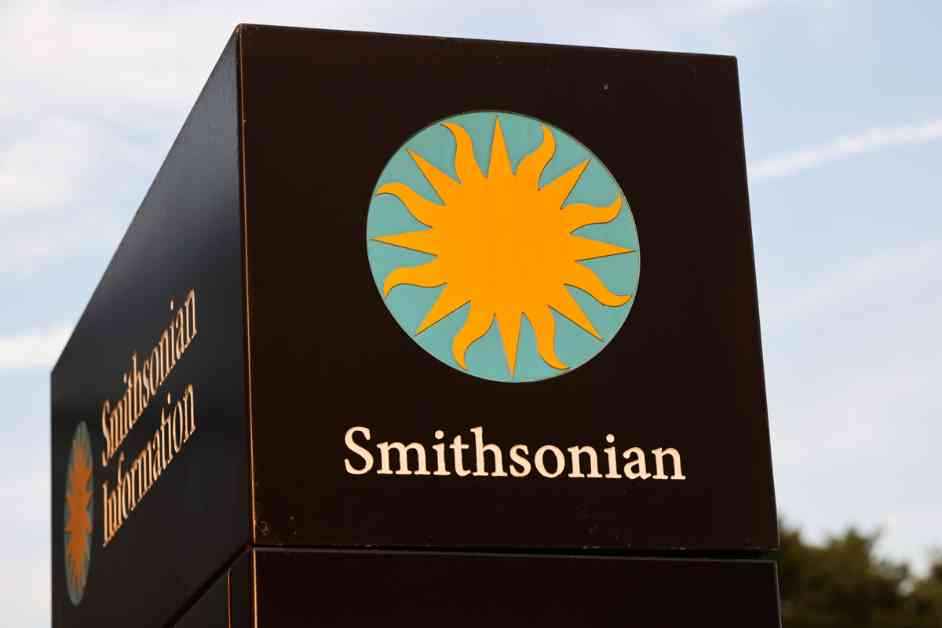Smithsonian Institution Adapts to New Federal Directives
In a recent development that mirrors the actions of the National Gallery of Art in Washington D.C., the Smithsonian Institution, a prestigious consortium comprising 21 national museums, has announced plans to shutter its diversity office. This decision comes hot on the heels of an executive order signed by President Donald J. Trump, condemning the Biden administration’s diversity, equity, and inclusion (DEI) initiatives as “illegal and immoral discrimination programs.” As a result, the Smithsonian will halt federal hiring and mandate a full return to in-person work for its employees, aligning itself with the new federal policies.
This move has sent shockwaves through the cultural landscape, as the Smithsonian, which boasts renowned institutions such as the Hirshhorn Museum and Sculpture Garden, the National Portrait Gallery, and the Smithsonian American Art Museum, relies heavily on federal funding. With the closure of its diversity office, the institution is signaling a clear shift towards compliance with the White House’s directives, following a similar trajectory as other federally supported cultural entities like the National Gallery of Art.
Visitor Accessibility Remains a Top Priority
Amidst these sweeping changes, the Smithsonian is steadfast in its commitment to ensuring visitor accessibility, a cornerstone of its mission to educate and inspire the public. Smithsonian Secretary Lonnie G. Bunch III underscored the importance of this focus in an internal email obtained by the Washington Post, stating that the closure of the diversity office is merely the “first step” in adapting to the new federal mandates. The institution’s unique status, with a blend of private and federal employees, has presented challenges in navigating these transitions, but the Smithsonian is diligently working to comply with the evolving landscape.
Prior to the implementation of the hiring freeze, the Smithsonian had a roster of approximately 40 job openings spread across its diverse array of museums, including coveted positions at the National Air and Space Museum and the National Zoological Park. The onset of the pandemic had prompted many federal employees to adopt telework arrangements, allowing them to fulfill their duties remotely for a specified number of workdays. This shift to remote work had become a lifeline for many Smithsonian employees, offering flexibility and work-life balance in the face of unprecedented challenges.
As the Smithsonian grapples with the repercussions of the federal directives and the subsequent closure of its diversity office, the institution stands at a crossroads, balancing the demands of compliance with its unwavering dedication to public engagement and accessibility. In a rapidly evolving landscape, where policies and priorities intersect in complex ways, the Smithsonian’s ability to navigate these challenges will shape its future trajectory and impact on the cultural sphere.












